Minoxidil Make Hair Loss Worse:If you’re using minoxidil to address hair loss, you may be concerned about whether it could be making your situation worse. Some users report that their hair loss increases before it improves. In this article, we’ll explain why this happens, how long it lasts, and what you can do to manage …
Minoxidil Make Hair Loss Worse:If you’re using minoxidil to address hair loss, you may be concerned about whether it could be making your situation worse. Some users report that their hair loss increases before it improves. In this article, we’ll explain why this happens, how long it lasts, and what you can do to manage it.
By understanding the shedding process and using minoxidil correctly, you can have clearer expectations and avoid common pitfalls.
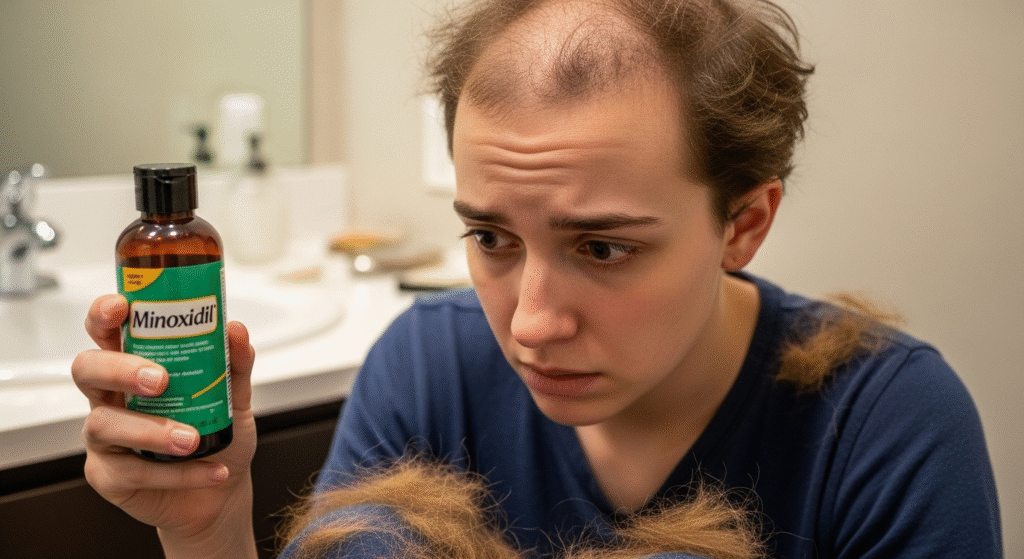
What is Minoxidil and How Does It Work?
The Mechanism of Action
Minoxidil is a topical treatment that promotes hair regrowth by stimulating hair follicles and improving blood flow to the scalp. Initially, it was developed as a medication for high blood pressure, but researchers discovered its side effect of promoting hair growth, which led to its approval for treating hair loss.
When applied to the scalp, minoxidil works by enlarging miniaturized hair follicles, transitioning them from the resting phase (telogen) to the growth phase (anagen). This process can lead to stronger, thicker hair over time.
Common Uses for Minoxidil
Minoxidil is primarily used for:
- Male pattern baldness (androgenetic alopecia): The most common form of hair loss.
- Female pattern hair loss: A similar condition affecting women.
- Other causes of hair thinning: Including alopecia areata, where hair loss occurs in small patches.
Effectiveness in Treating Hair Loss
Minoxidil is one of the few FDA-approved treatments for hair loss, and clinical studies show that it can effectively slow hair loss and promote regrowth in many individuals. However, results can vary, and it may not work for everyone.
Can Minoxidil Make Hair Loss Worse?
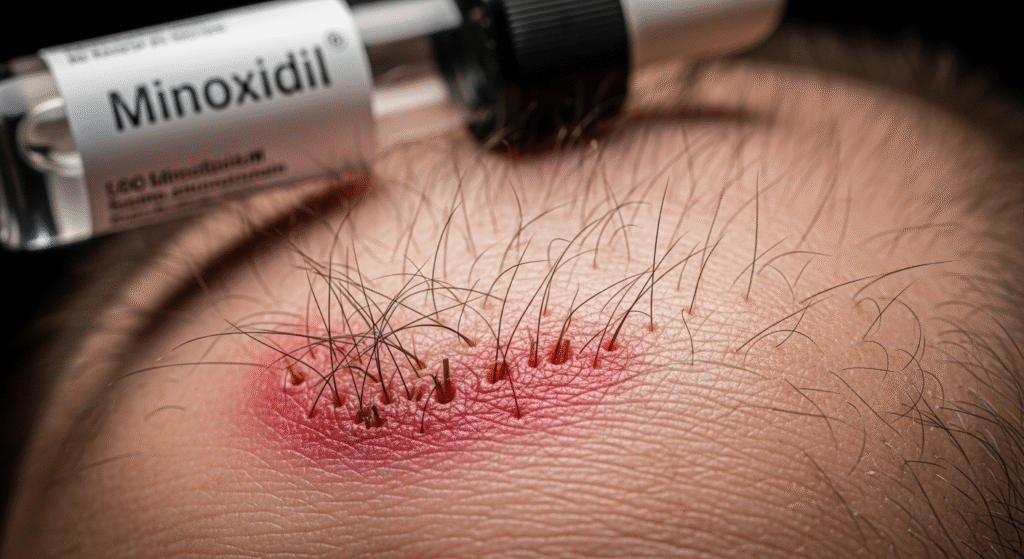
Shedding Phase: Why It Happens
Many users notice an increase in hair shedding when they first start using minoxidil. This phase, known as “shedding”, occurs as the medication forces older hairs to fall out, making room for new, healthier hair to grow in its place. It’s important to understand that this is a normal and temporary reaction, and it should not be seen as a sign that the treatment is ineffective.
Why does shedding happen?
- Minoxidil speeds up the hair cycle, moving hair follicles from the resting phase to the growing phase.
- Older hairs, which are ready to shed naturally, may fall out before new, stronger hairs emerge.
How Long Does the Shedding Phase Last?
The shedding phase typically lasts between 2 to 6 weeks, with some individuals experiencing it for up to 12 weeks. This period can be unsettling, but it’s often followed by noticeable hair growth, especially after the first few months.
Factors That Can Contribute to Worsening Hair Loss with Minoxidil
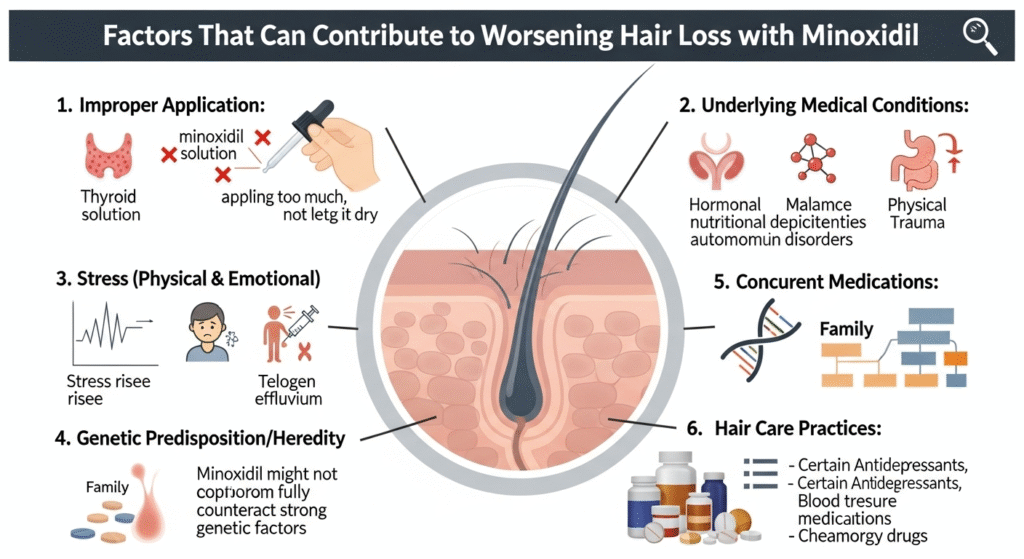
Incorrect Usage of Minoxidil
One of the primary reasons minoxidil may seem to make hair loss worse is incorrect usage. Overuse, underuse, or improper application can irritate the scalp, leading to increased shedding or even new thinning. For example:
- Applying too much can lead to scalp irritation or unwanted side effects like redness or scaling.
- Using minoxidil on a dirty scalp may prevent the medication from working effectively.
Tip: Apply minoxidil as directed (usually twice a day), on a clean and dry scalp, and follow the recommended dosage.
Underlying Health Conditions
Conditions like hormonal imbalances, thyroid disorders, or scalp infections can contribute to hair loss, regardless of minoxidil use. If you have any of these conditions, it’s important to consult with a doctor to address the root cause of your hair loss.
Poor Diet or Stress
Both stress and nutrient deficiencies can exacerbate hair loss. A well-balanced diet rich in vitamins like biotin, vitamin D, and zinc is essential for healthy hair growth. Consider incorporating these nutrients into your diet or taking supplements to support hair health while using minoxidil.
Case Studies and Patient Experiences
Patients who have experienced hair regrowth with minoxidil report noticeable improvements in hair density and volume after about 3 to 6 months. However, some users continue to experience shedding for up to 12 weeks, and their hair gradually thickens as the treatment progresses.
When Will You See Results from Minoxidil?
General Timeline for Hair Growth
Most individuals begin to notice results from minoxidil within 2 to 4 months, although it can take up to 6 months for full effects to be visible. During this period, you may experience slower regrowth or even some initial thinning, but consistent use typically leads to positive outcomes.
What If You Don’t See Improvement?
If you’ve used minoxidil for 4–6 months without noticeable improvements, it may not be effective for your specific type of hair loss. In such cases, consider discussing alternative treatments with a dermatologist.
Other treatment options include:
- Finasteride (Propecia): For men, this oral medication can help with hair regrowth.
- Platelet-rich plasma (PRP) therapy: An in-office treatment using your own blood to stimulate hair growth.
- Hair transplants: A permanent solution for those who don’t respond to topical treatments.
Safe Use of Minoxidil: Tips and Precautions
Applying Minoxidil Correctly
To ensure the best results and avoid potential side effects:
- Apply 1 ml of minoxidil twice daily to the scalp.
- Make sure the scalp is clean and dry before application.
- Avoid washing your hair immediately after applying the product to allow it to absorb fully.
Avoiding Common Mistakes
- Do not use minoxidil more than the recommended dose, as it can lead to scalp irritation or unwanted side effects.
- Be patient! It takes time for minoxidil to show visible results.
FAQs
Does Minoxidil Work for Everyone?
Minoxidil is effective for many individuals, particularly those with androgenetic alopecia (pattern hair loss). However, it may not work for everyone, especially those with severe or complete baldness.
Can Minoxidil Cause Long-Term Damage to Hair?
No, minoxidil does not cause permanent damage to hair. Any shedding experienced in the initial stages is temporary and part of the hair growth cycle.
Should I Continue Using Minoxidil if My Hair Gets Worse Initially?
Yes, continue using minoxidil as prescribed. The shedding phase is temporary, and with continued use, you should begin to see regrowth after a few months.
How Long Should I Wait Before Deciding if Minoxidil is Right for Me?
Give minoxidil at least 6 months to show results. If there’s no improvement after that time, consult your doctor about other options.
What Are the Side Effects of Minoxidil?
The most common side effects include scalp irritation, itching, and dryness. These side effects usually go away after a few weeks of use.
Conclusion
While minoxidil can initially cause hair shedding, this phase is temporary and often followed by significant hair regrowth. By following the correct application methods and being patient, many users experience positive results. If you’re not seeing improvement, consult a dermatologist to explore other options.
Book a Consultation with Dr. Uzma Irfan, an ISHRS-certified surgeon in Islamabad today, to discuss your hair loss treatment plan and get personalized advice on managing your minoxidil use.

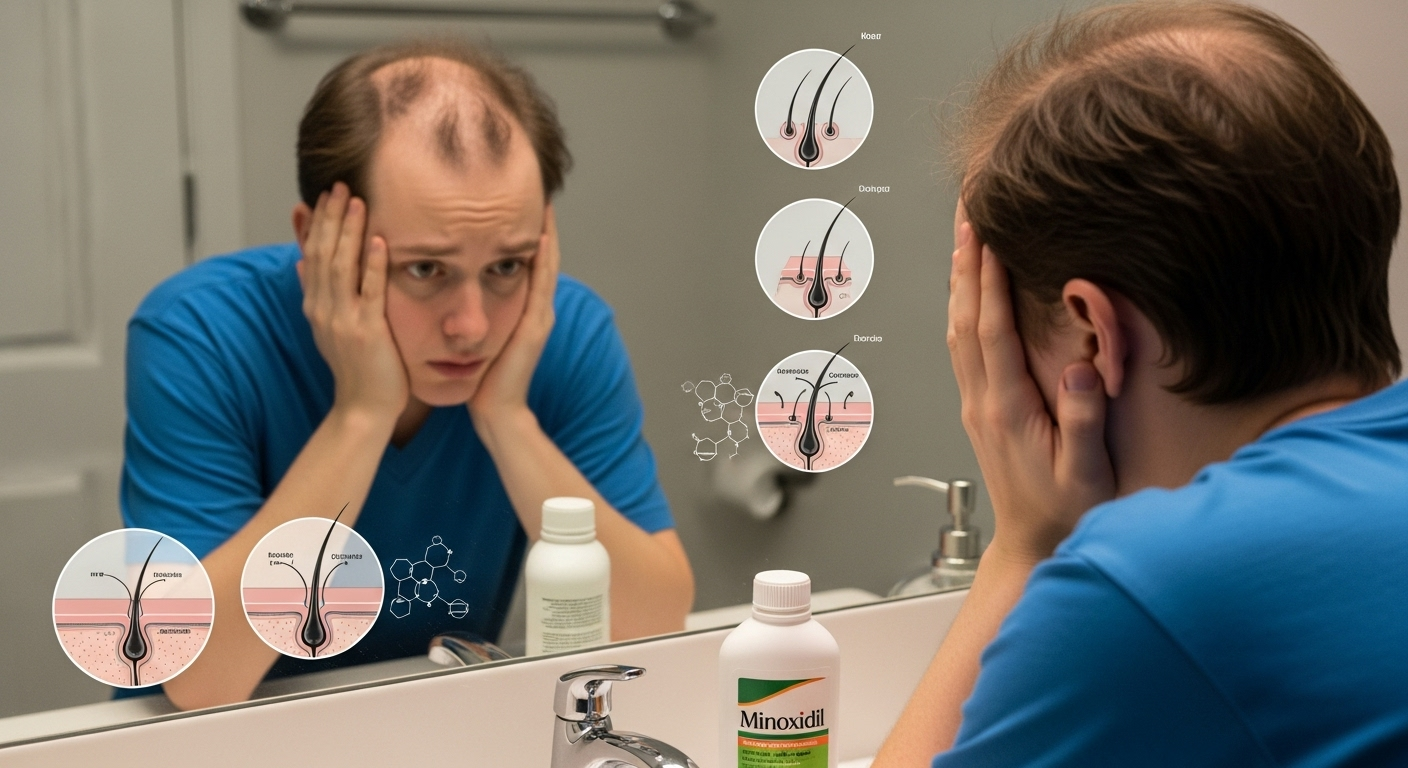


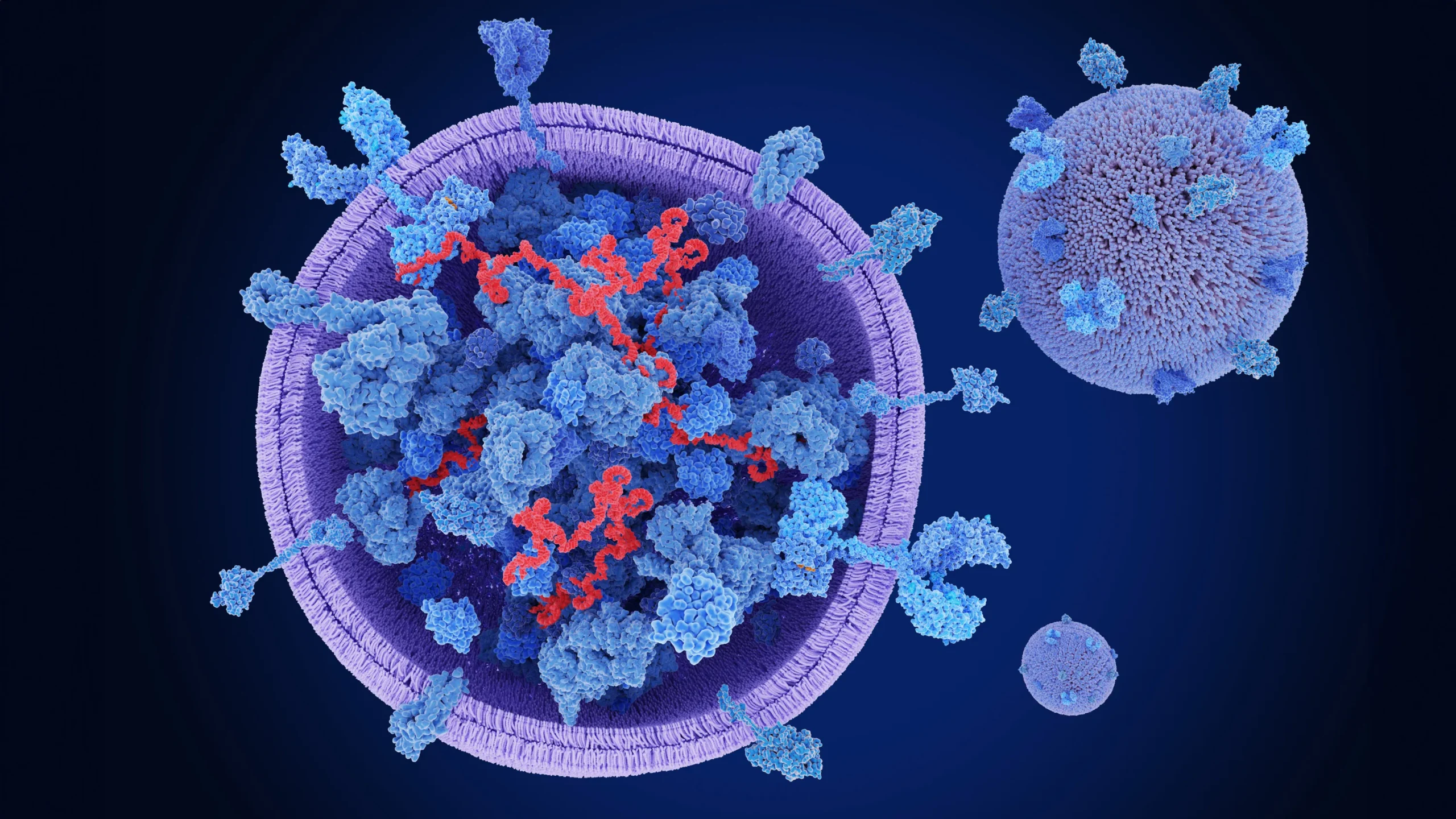


Comments
Cary
This website was… how do you say it? Relevant!! Finally I have found something which helped me.
Appreciate it!
my blog post Kirkland